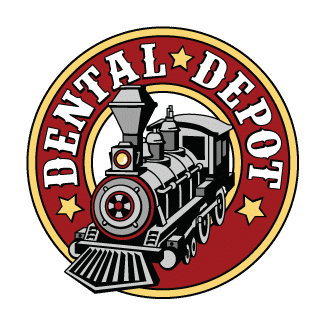An Exclusive Interview with Dr. Jaime Martins, Bilingual Orthodontist at Dental Depot West Norman.
What does it mean to be a Spanish-speaking doctor in a community with a large Latino population? We got the opportunity to chat with Dr. Martins about his practice, his team, and how he can provide higher-quality care for patients of diverse backgrounds, especially those who speak Spanish.
Dr. Martins is one of three bilingual doctors at Dental Depots in Oklahoma. Having experienced difficulty growing up with Spanish-speaking parents, he knows the struggle that many immigrant families encounter when seeking medical care. That’s why he is so glad to be able to give back to the community by providing excellent care and direct communication with both English and Spanish-speaking patients and their families.

Dental Depot
Thanks for sitting down with us today, Dr. Martins.
Dr. Jaime Martins
Gladly! Thanks for having me.
DD
So, how long have you been practicing dental orthodontics?
JM
Well, I’ve been practicing after residency for three years now. However, I think people often associate experience out in the real world as a correlation with knowledge of the practice. But I know a lot of older orthodontists who have been practicing for 20-plus years who were trained on traditional braces, but only recently trained on Invisalign® care.
So, they had to learn that on their own time to catch up to modern standards. I was trained in all types of orthodontic treatment because I was going through school after that technology had already been around for a while. Ever since I started residency, I’ve been seeing and treating orthodontic patients. In total, I’ve been seeing orthodontic patients for five years.
DD
So, what is your favorite part of orthodontics?
JM
I really enjoy the patient interaction. When someone starts orthodontic treatment, they pretty much become a part of our family for about two years. We get to connect and form relationships with all of our patients. We see them grow. We see kids literally grow, they go through school, life changes, sports, and school activities, and every time they come back to see us, they’re getting taller. We love to hear about their softball game, dance competition, or anything that’s going on in their life.
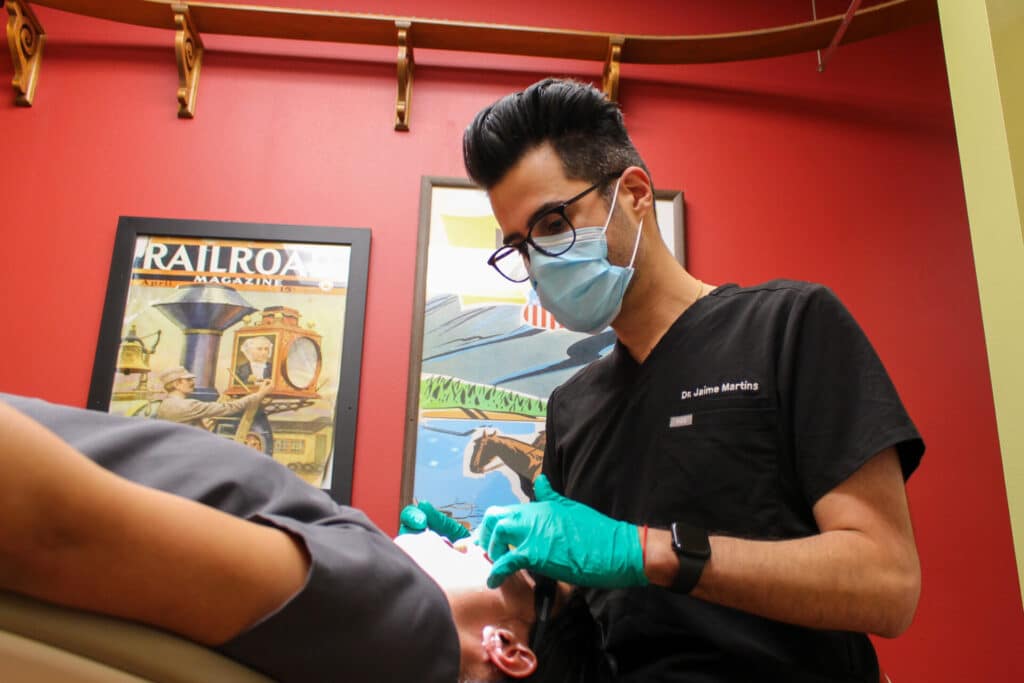
I also enjoy seeing their self-esteem improve with each visit. I feel like an aspect that a lot of people don’t talk about in orthodontics is not just making teeth straight. There’s also a psychological component associated with that change. Kids get bullied because of their teeth. Once their smile gets enhanced and they have really nice straight teeth, it reflects in their personality. They can see the difference.
DD
Yes! It builds self-confidence. So about Western Norman Orthodontics, what do you think DD does differently compared to other orthodontic clinics in the area?
JM
I feel like they provide us practitioners with everything that we need to make sure our patients are getting the best possible care. That includes up-to-date technology, we have the best of the best. We use some of the most advanced brackets out there. They do an amazing job, less a failure rate, and fewer appointments.
We work with Invisalign® because we feel that it is the best and most effective clear aligner out there. When most people think of clear aligners, they think of Invisalign®. As a brand, it is not just regular clear aligners. Everyone in the ortho field knows that Invisalign® is top-notch. We’re not going to cut corners, with the services we’re providing like, trying to save money by getting cheaper brackets. So, we do provide the best products for our patients.
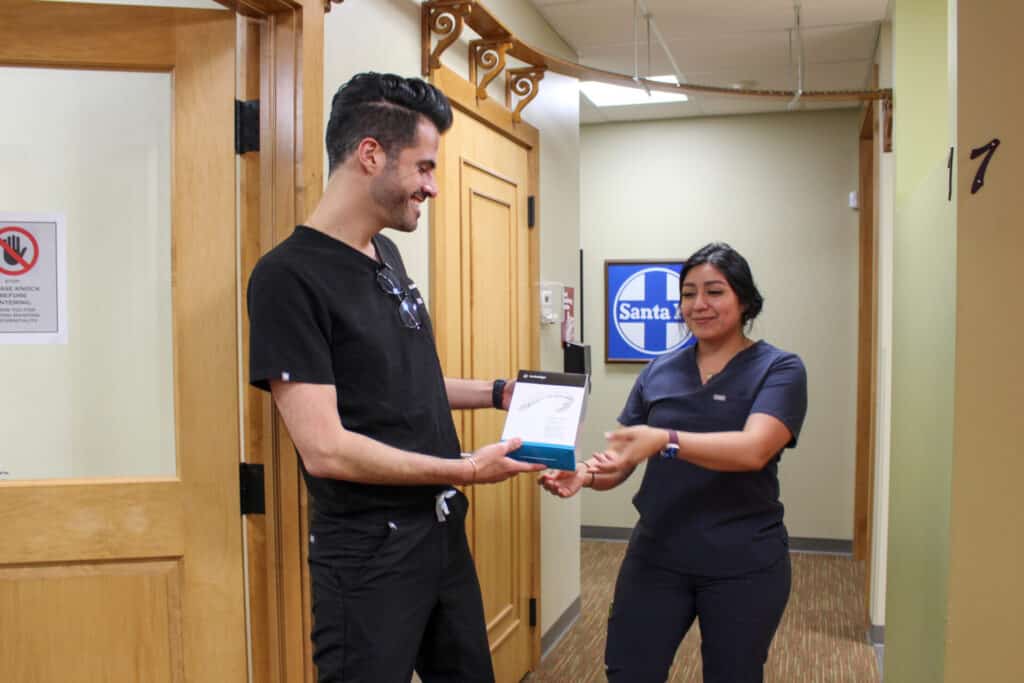
When patients come here, they are always going to see me. They will talk to me at every appointment. If patients have any questions or concerns, I’m always available. So, getting that one-on-one doctor interaction, I think that’s probably something that sets us apart.
DD
Right, no cutting corners. So, how does the team work together to provide patient care?
JM
Well, I know how to move the teeth around and get that desired result. But if you talk to me about insurance? I wouldn’t even know how to approach that. Every person here, every member of our team, is fundamental to the practice as a whole. Because there’s a clinical component, there’s a financial component, there’s also a scheduling component. We have people for each role. I feel like we have a team that’s fundamental for the practice and for an overall positive patient experience.
DD
Why might someone want to have orthodontic treatment?
JM
First of all, it enhances their self-esteem. I feel like a lot of people are self-conscious about their smile. When you meet someone for the first time, one of the first things you notice is their smile. It can affect their self-confidence, especially with developing individuals, kids, and teens.
For instance, we call the front teeth the “social sixes,” the teeth you see first when you smile. If patients’ social sixes aren’t aligned well, and they don’t get them corrected early on, then that can have an impact on their development.
Also, sometimes there are dental interferences that perhaps someone isn’t aware of. Then later on in life, they discover they have had TMJ problems, and then they realize they had a crossbite that never got corrected. So, it’s just finding harmony within the dental structure and getting everything aligned for the future. We only have one set of teeth after the baby teeth. So, you’ll want to take care of them.
DD
Yes, that’s true. So, as a professional, do you have a preference for either Invisalign® or traditional braces?
JM
I would say, I think there’s a place for each one of them in orthodontics. I think traditional braces can be the best option for certain cases, but Invisalign® has come a long way and we can now treat a lot of cases with Invisalign®.
I’m always going to be honest and if I do think that we can pursue more ideal results with braces, I’m going to educate the patient as to why I recommend that. So, I don’t think I prefer one over the other because I recognize that there’s this purpose for each one of them.
DD
Absolutely! So, what does the process look like for ortho treatment?
JM
When the patient comes in for the initial consultation, the first thing we’re going to do is take records of their medical history, because we need to know about their dental history and if they’re taking any medication. That all plays a role in their dental care. Then we take some photos of their teeth, intraoral and extraoral, meaning inside and outside the mouth. We want to get a clear picture of the facial structure because we also take facial aesthetics into account. After that, we get two types of X-rays that are essential for diagnostic purposes.
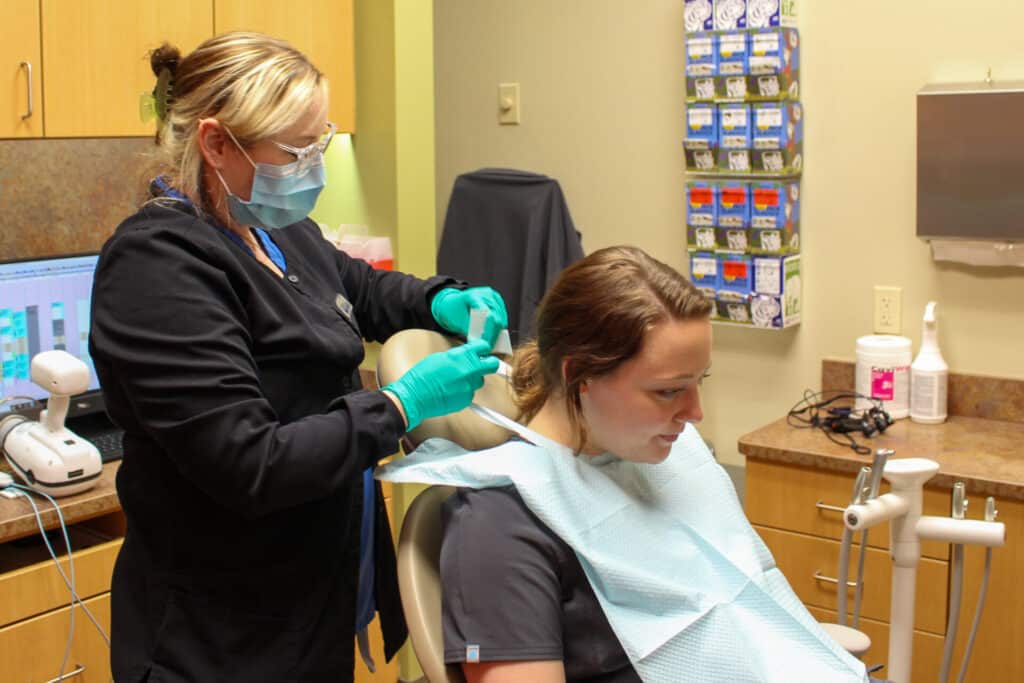
Then they get to meet with me, and I go over everything with them, all the treatment options, and what I recommend. Every single treatment plan is customized to the patient’s needs, so we will discuss their concerns and desired results. The best part is that their initial consultation is free! So even if they’re just curious to see what their options are, they can come to see us and get an idea.
Then our financial coordinator will talk about financial options, answer any questions that might have about payment plans, and what will be the next step for them to get started. If they are ready to get started, and if we have availability, we can get them started on the same day. If not, we will make a plan. If they choose braces as their treatment method, they will come back to get the brackets and wires put on, and I will usually see them every eight weeks. With Invisalign®, I usually see them between eight to 10 weeks. It’s a little more flexible with them.
DD
That sounds pretty straightforward! So, I understand that you utilize iTero 3D scanners at this office to document and create treatment plans for each patient. What is your favorite part of being able to use that technology?
JM
Yes, so we do use 3D scans for Invisalign® treatment instead of the traditional alginate impressions. It provides a prediction of what your results might look like. It’s a sort of peak into the future to see what’s going to happen.
As the treatment provider, I love that I can get really detailed with the plan. I can see a near-perfect 3D model of the patient’s teeth before we start treatment, and I work with my lab technician to move those model teeth around exactly where they need to be. I can push them back, pull them forward, rotate them, and just do whatever I need to do to get that desired result of a straight and fitting smile.
And patients really love it too because they can interact with the model. They can see their teeth and how they fit together in a way they would never get by just looking in a mirror.
DD
That’s fantastic! So, what are some common questions that you get about ortho treatment from patients or parents of patients?
JM
They usually ask if it’s going to hurt. It really doesn’t. Nothing that we do it’s going to hurt. They might feel some discomfort over the course of treatment, but that’s very normal. With each adjustment of brackets and wires, their teeth are slowly moving, so they might be a little bit sore. The same thing goes for Invisalign®. That’s the number one question. I feel like people are always afraid of pain, and they often associate orthodontics with general dentistry, and they’re like in their head, “If I go see the dentist, I’m going to be in pain, or they’ll have to give me a shot.” That’s not the case with ortho.

DD
That kind of ties into the next question, what would you say to a patient who’s nervous about orthodontic treatment?
JM
Don’t be nervous, just come see us! Usually, when someone’s nervous, it’s because they fear the unknown or they don’t know what could happen. I think education can take away some of that nervousness and fear. We don’t judge here. So just come see us. Overall, I would say, working through that fear will take time, but it’s going to work out for the best.
And we do have dentists at our office. So, even if I see something that I feel might interfere with orthodontic treatment, we can communicate with the dentists to treat those issues beforehand. I would say most of the time, ortho is considered elective and dental care comes first. If I see that the patient needs general dental, restorative, or periodontal treatment, I can easily send them over to get whatever help they need.
DD
Now, what aspect of your practice do you think could be extra beneficial for your patients?
JM
I would say that one thing for me is that I am multilingual. I am fluent in Spanish, and I also speak Portuguese. So that’s something that can really help patients who don’t speak English as well. I was just working with a patient whose mom kind of spoke in broken English when we first met. I noticed her speaking Spanish with her daughter, so I decided to switch to Spanish for her. I think she really appreciated that.
I’ve noticed, once patients find out that there’s a Spanish-speaking provider here, they start recommending us to more people within the community, they feel more comfortable because they have someone, they know they can communicate with. So, they don’t have to rely on a translator, and it’s not just any member of our staff. It’s the doctor that they can speak with directly. I’m so glad I can have that connection with the parents and patients. I love that I can serve my community in that way.
DD
Yes, there’s a big Spanish-speaking population here in Norman, so it’s definitely good to be able to provide more tailored care.

JM
A lot of people in our community don’t know that I speak Spanish. Then when they come here, they’re surprised! They don’t know that I’m a Spanish-speaking doctor. So, that makes me wonder how many more people out there don’t know.
I’m originally from Venezuela. Being an immigrant myself and seeing my parents speak broken English was a struggle. It was crucial for my mom taking us to the doctor. She was always trying to look for Hispanic or Spanish-speaking, practices. It wasn’t always easy to find someone.
I know there are a lot of assistants or staff members that can facilitate that communication. But, if they can just get information straight from their doctor in their native language, it’s so much easier, and it’s more personable. We do often have staff who speak Spanish, but you can speak to me directly. I can communicate with you.
I’ve even heard from some patients that they don’t mind driving a little further just to see me. I’m out here in West Norman, but patients say they’re so excited to see me, they’ll gladly travel 10 more minutes just to be able to see a doctor who speaks their language.
DD
That is great! We’re incredibly grateful to be able to provide that communication for patients. Is there anything else you might like to share about yourself with patients?
JM
I feel like I can connect with other people in the sense of diversity. I love to travel, I’ve been to 27 countries and counting, I just love exploring. My number one hobby traveling. So, I feel like I’ve seen different walks of life. I’ve been to several continents. So, I feel like I do find a lot of common ground in diversity and connecting with people.
DD
That’s really cool! Thank you again, Dr. Martins, for chatting with us.
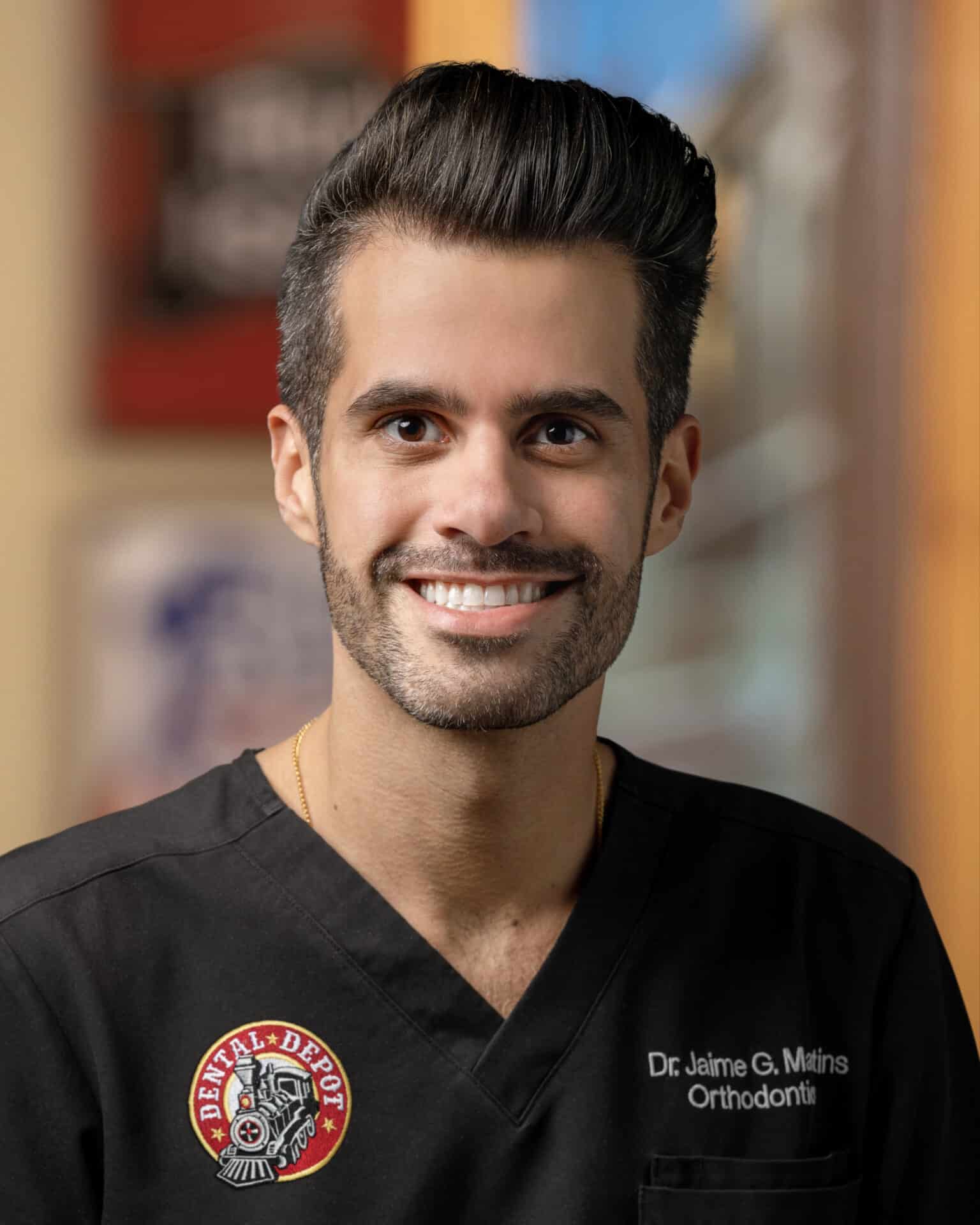
Dr. Jaime Martins graduated from Nova Southeastern University College of Dental Medicine, and completed a Master of Science in Orthodontics and Dentofacial Orthopedics from Seton Hill University. Dr. Martins’ favorite thing about being an orthodontist is watching his patients’ confidence grow throughout their treatment. When he isn’t in the office with his patients, Dr. Martins enjoys spending time with friends and family, exploring new places, and volunteering in the Oklahoma City community.
